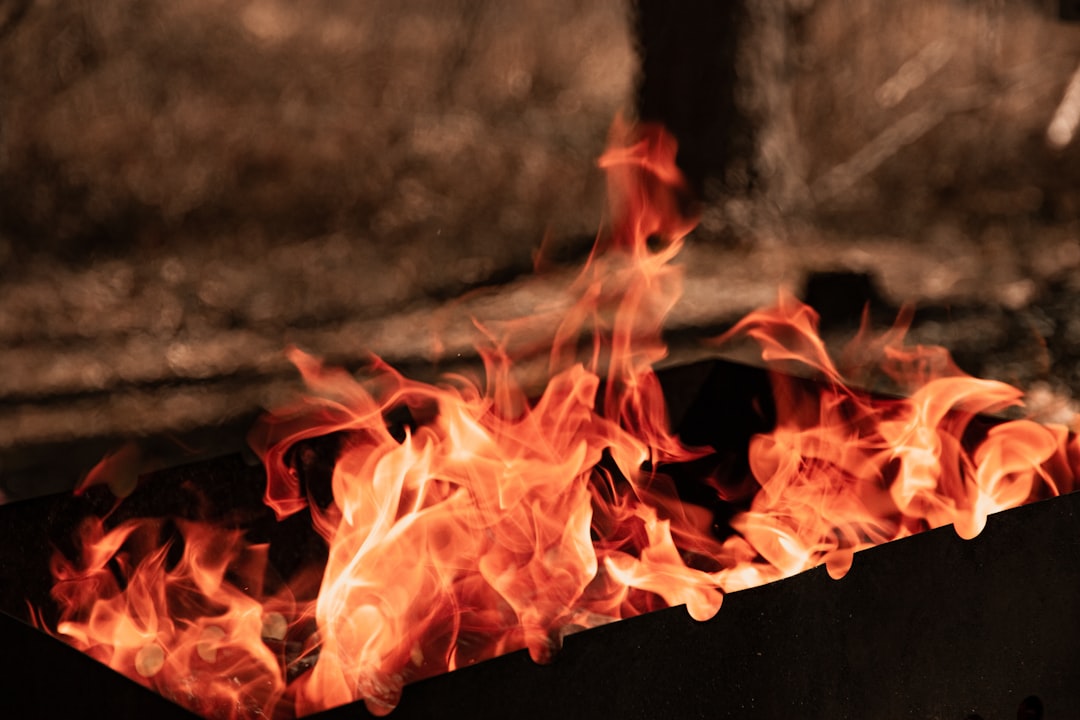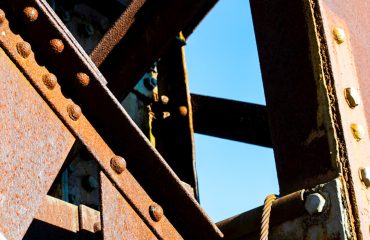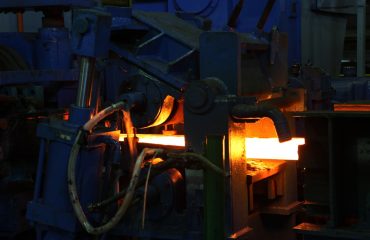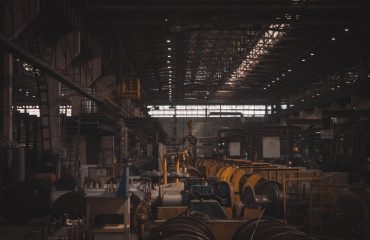In a world increasingly concerned with safety and structural integrity, fire-resistant steel stands as a crucial component in protecting lives and property. This robust material plays a vital role in various applications, from skyscrapers and bridges to industrial facilities and transportation. Understanding its properties, applications, and limitations is crucial for architects, engineers, and anyone involved in fire safety planning.
Understanding the Science Behind Fire-Resistant Steel
Fire-resistant steel, often mistakenly referred to as “fireproof” steel, doesn’t actually prevent combustion. Instead, it’s engineered to withstand high temperatures for extended periods, maintaining its structural integrity and preventing catastrophic collapse during a fire. This resilience is achieved through a combination of factors: alloying elements, heat treatment processes, and protective coatings. Common alloying elements include chromium, nickel, molybdenum, and silicon, each contributing to improved high-temperature strength and oxidation resistance. The specific composition determines the steel’s fire resistance rating, often expressed in terms of the time it can withstand specific temperature levels without significant loss of strength.
Different Grades and Their Applications
Fire-resistant steel isn’t a single material; it encompasses a range of grades, each tailored to specific applications and fire resistance requirements. For instance, lower-grade fire-resistant steel might suffice for applications with moderate fire risks, such as interior structural elements in smaller buildings. Higher-grade materials, with enhanced strength and temperature resistance, are essential for critical structural components in high-rise buildings, industrial facilities handling flammable materials, or offshore platforms. The selection process involves careful consideration of factors like expected fire exposure duration, temperature levels, and the overall structural design.
Common grades often include those conforming to standards such as ASTM A240 and EN 10025, specifying chemical compositions and mechanical properties. These standards ensure consistent quality and performance, crucial for ensuring the safety and reliability of structures relying on fire-resistant steel.
Testing and Certification of Fire-Resistant Steel
Rigorous testing is paramount to ensure the performance of fire-resistant steel. Standard fire tests, such as those defined by ASTM E119 and ISO 834, subject steel specimens to controlled fire conditions, measuring their strength and stability over time. These tests provide crucial data on the material’s resistance to heat, deformation, and failure under extreme conditions. Certification from accredited testing laboratories is crucial for demonstrating compliance with building codes and regulations, providing assurance to stakeholders that the material meets the required safety standards. Without this certification, the use of fire-resistant steel in critical applications is often prohibited.
Design Considerations for Fire-Resistant Steel Structures
The successful implementation of fire-resistant steel in structural design requires careful consideration of various factors beyond the material itself. Proper detailing, including connections and fireproofing measures, is essential to ensure the structural integrity of the entire system during a fire. The design must account for potential thermal expansion and contraction, avoiding stress concentrations that could lead to premature failure. Furthermore, integrating fire-resistant steel with other fire protection systems, such as sprinklers and fire-resistant coatings, can significantly enhance the overall fire safety of the structure. Collaboration between structural engineers, fire safety consultants, and material suppliers is vital for achieving optimal design and performance.
The Future of Fire-Resistant Steel and Emerging Technologies
Ongoing research and development continue to improve the properties and applications of fire-resistant steel. New alloying techniques and advanced manufacturing processes are leading to materials with enhanced strength, ductility, and temperature resistance. The incorporation of nanomaterials and advanced coatings is also showing promise in further improving fire protection capabilities. Furthermore, the development of more sophisticated modeling and simulation tools allows for more accurate prediction of fire behavior and improved design optimization, leading to safer and more efficient structures. The future of fire-resistant steel promises even greater protection against the devastating effects of fire.
In conclusion, fire-resistant steel plays a crucial role in modern construction and industrial applications. Understanding its properties, applications, testing methods, and design considerations is vital for ensuring the safety and longevity of structures in the face of fire hazards. The continued innovation in this field promises even safer and more resilient structures in the years to come.
SEO-Friendly Tags:
- Fire Resistant Steel
- High Temperature Steel
- Fireproof Steel
- Structural Steel Fire Protection
- Heat Resistant Steel Applications




